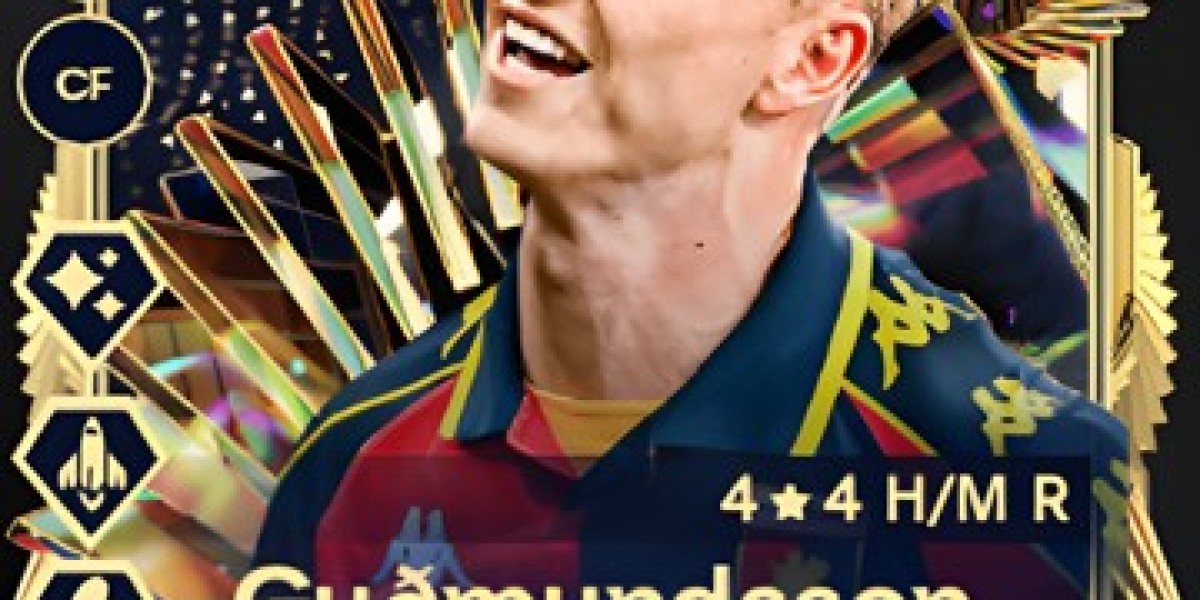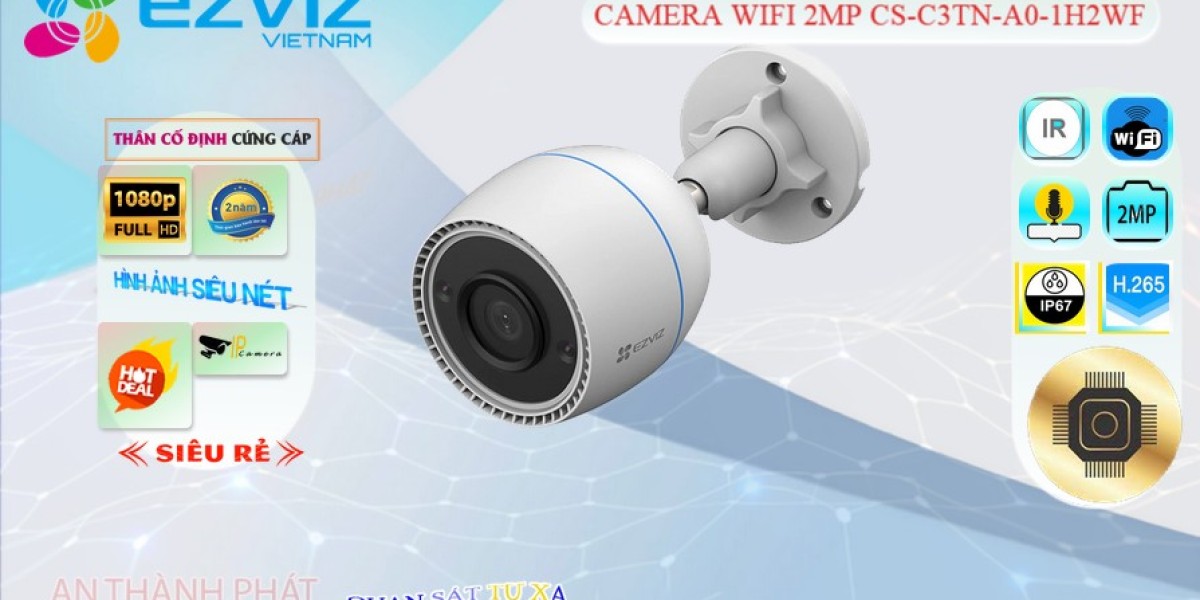Dubai has quickly emerged as a global leader in the adoption of advanced technologies, including 3D printing. This technological leap has significantly impacted various industries, particularly sports equipment manufacturing.
The question arises: How accessible is 3D printed sports equipment for athletes in Dubai? This article explores the accessibility of 3D printed sports equipment in Dubai, considering factors such as availability, affordability, customization options, and the benefits provided to athletes.
1. Widespread Availability
In recent years, the availability of 3D printed sports equipment in Dubai has seen a substantial increase. Numerous local manufacturers and service providers have embraced 3D printing technology, offering a wide range of sports gear. From running shoes and cycling helmets to tennis rackets and protective gear, athletes in Dubai have access to a diverse array of 3D printed sports equipment.
Several sports shops and online platforms in Dubai now stock 3D printed sports gear, making it easy for athletes to find and purchase the equipment they need. Additionally, many manufacturers offer direct-to-consumer services, allowing athletes to order custom 3D printed gear online and have it delivered to their doorstep.
2. Affordability and Cost Efficiency
The affordability of 3D printed sports equipment in Dubai has improved significantly over the past few years. Initially, the cost of 3D printing Dubai technology was relatively high, limiting its accessibility to elite athletes and professional teams. However, as the technology has advanced and become more widespread, production costs have decreased, making 3D printed sports gear more affordable for a broader audience.
Local production further contributes to cost efficiency. By manufacturing sports equipment locally, Dubai-based companies can reduce transportation costs and avoid import taxes, passing these savings on to consumers. This cost efficiency makes high-quality, customized sports gear accessible to amateur athletes and sports enthusiasts.
3. Customization and Personalized Solutions
One of the standout benefits of 3D printed sports equipment is the ability to offer highly customized and personalized solutions. In Dubai, athletes can take advantage of this technology to obtain gear tailored to their specific needs. Customization options include size, shape, material, and design, ensuring that each piece of equipment is perfectly suited to the athlete's requirements.
For example, custom 3D printed running shoes can be designed based on a detailed scan of the athlete’s foot, providing optimal support and comfort. Similarly, personalized cycling helmets can be crafted to fit the unique contours of an athlete's head, enhancing safety and performance. This level of customization was previously unattainable with traditional manufacturing methods.
4. Access to Cutting-Edge Technology
Dubai’s commitment to technological innovation ensures that athletes have access to the latest advancements in 3D printing. The city’s robust infrastructure supports research and development in this field, resulting in continuous improvements in the quality and performance of 3D printed sports equipment.
Several innovation hubs and research institutions in Dubai focus on developing new 3D printing technologies and materials.
This ecosystem fosters collaboration between technology companies, sports brands, and academic institutions, leading to the creation of state-of-the-art sports gear. As a result, athletes in Dubai benefit from cutting-edge technology that enhances their performance and overall experience.
5. Supportive Ecosystem and Community Initiatives
Dubai's supportive ecosystem plays a crucial role in making 3D printed sports equipment accessible to athletes.
The city hosts numerous events, workshops, and expos that showcase the latest in 3D printing technology and its applications in sports. These events provide a platform for athletes to learn about the benefits of 3D printed gear and connect with manufacturers and service providers.
Community initiatives also contribute to accessibility. For instance, local sports clubs and associations often collaborate with 3D printing companies to provide custom equipment to their members. These initiatives ensure that even grassroots athletes have access to high-quality, personalized sports gear.
6. Economic and Health Benefits
The economic and health benefits of 3D printed sports equipment further enhance its accessibility. Customized gear can prevent injuries and improve athletic performance, reducing medical costs and enhancing the overall well-being of athletes.
For example, custom orthotics and insoles can address specific foot issues, preventing injuries and improving comfort during training and competition.
Moreover, the durability and longevity of 3D printed sports equipment mean that athletes can enjoy high-quality gear for longer periods, reducing the need for frequent replacements. This durability translates into cost savings over time, making 3D printed gear a smart investment for athletes of all levels.
7. Future Prospects and Innovations
The future of 3D printed sports equipment in Dubai looks promising, with continuous advancements on the horizon. Emerging technologies such as multi-material 3D printing and bio-printing are set to revolutionize the industry further. These innovations will enable the production of even more advanced and customized sports gear, enhancing performance and accessibility.
Dubai’s proactive approach to embracing new technologies and fostering innovation ensures that athletes will continue to have access to the best sports equipment available. As 3D printing technology evolves, it will become even more integrated into the sports equipment industry, offering unprecedented levels of customization and performance enhancement.
Conclusion
The accessibility of 3D printed sports equipment for athletes in Dubai has significantly improved over the past few years. With widespread availability, increased affordability, and extensive customization options, athletes of all levels can benefit from this advanced technology.
Dubai's commitment to innovation, supportive ecosystem, and continuous advancements in 3D printing ensure that athletes have access to cutting-edge sports gear that enhances their performance and overall experience. As the technology continues to evolve, the future of 3D printed sports equipment in Dubai looks brighter than ever, promising even greater accessibility and benefits for athletes.








